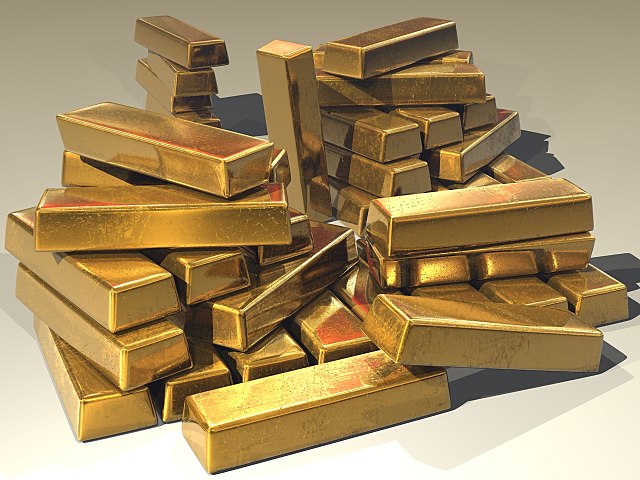Could Brazil, Russia, India, and Communist China Lead the Return to Honest Money?
They’re meeting soon to discuss the creation of a common currency and there is even talk of a currency backed by gold.

The countries of Brazil, Russia, India, and Communist China — known as BRICs — will meet in South Africa later this month to discuss shared economic policies and potentially the creation of a common currency. The Russian embassy suggested on Twitter the possibility of a new, shared currency backed by gold, although other sources have downplayed such claims.
Some economists worry that a gold-backed BRICs currency could threaten the global dominance of the American dollar. If true, then perhaps America should consider re-adopting a gold-based currency of its own.
For years, the BRICs have been accumulating gold. According to estimates by economist Bryan Cutsinger, Russia and India already have sufficient bullion reserves to adopt a gold standard, with China and Brazil not far behind.
Skepticism is in order in respect of whether a BRICs gold-backed currency would threaten the dominant role of our dollars in international trade. That’s because a redeemable gold standard requires property rights. Users must trust that the issuer of the currency will redeem it for the actual gold.
Russia and Communist China are not exactly known for property rights. So it’s a question whether investors would be willing to deposit gold with these countries or would trust it to be promptly returned.
To reassure investors, the management of gold redemptions could, in theory, be delegated to a third party like the currency boards used by smaller nations such as Hong Kong or the International Monetary Fund. Doing so, however, would require the individual countries to give up power over monetary policy decisions, which the leaders of Russia and Communist China are not known to do.
Some have characterized the BRICs proposal as a challenge to the IMF, which has eschewed the use of gold. The Fund’s Second Amendment to its articles specifically forbids the use of gold as a currency denominator.
A monograph from the organization warns that if a member wishes, it “may maintain the value of its currency in terms of the SDR or some other denominator, but not gold.”
The result is that multilateral institutions are looking like weak custodians of honest money, and the logic of national sovereignty is reasserting itself. Which dovetails nicely with the reluctance of Communist China and Russia to give up power.

If the stability of a gold-backed currency would be attractive for international trade, should the United States consider returning to such a system?
For most of our history, the United States employed a market-based gold standard in which the purchasing power of the dollar was determined by the supply of, and demand for, gold.
With the founding of the Federal Reserve in 1913, we moved to a central bank-managed gold standard until President Roosevelt abandoned it by executive order in 1933. After World War II, the United States participated in the Bretton Woods international gold exchange system, until President Nixon unilaterally ended gold redemptions in 1971.
The government still owns more gold than was historically necessary to support a gold standard and, if it were politically feasible, could begin allowing redemptions at any time.
A gold standard would help stabilize the value of the dollar by preventing overly expansionary monetary policy. On a managed gold standard, the Fed would have some flexibility in its policy decisions, but it would ultimately be constrained by the size of its gold reserves.
This might also prevent overspending by Congress, since it would be harder to be bailed out by the central bank. Despite these benefits, returning to a gold standard in this way would lack some advantages of the pre-Fed, market-based gold standard.
Gold, after all, is only a partial constraint on monetary policy. The Fed still managed to help create the Great Depression of the 1930s and the Great Inflation of the 1970s, which ultimately drove us off the domestic and international gold standards, respectively.
A single nation on the gold standard would not reap much benefit in international trade, but if the BRICs nations adopted a gold-backed currency, it would strengthen arguments for America to do so as well. We could adopt a gold standard today if there were political will to support it.
